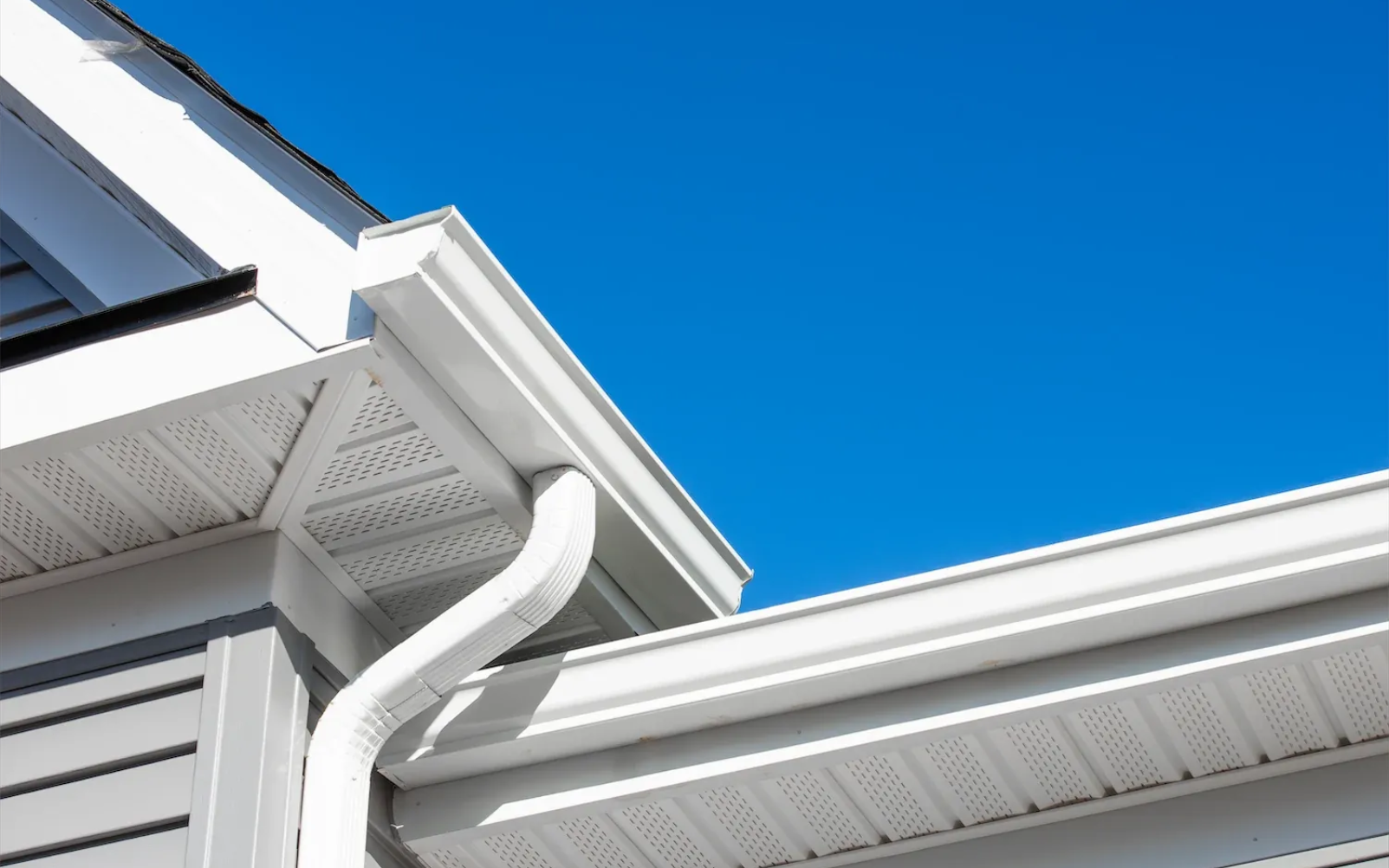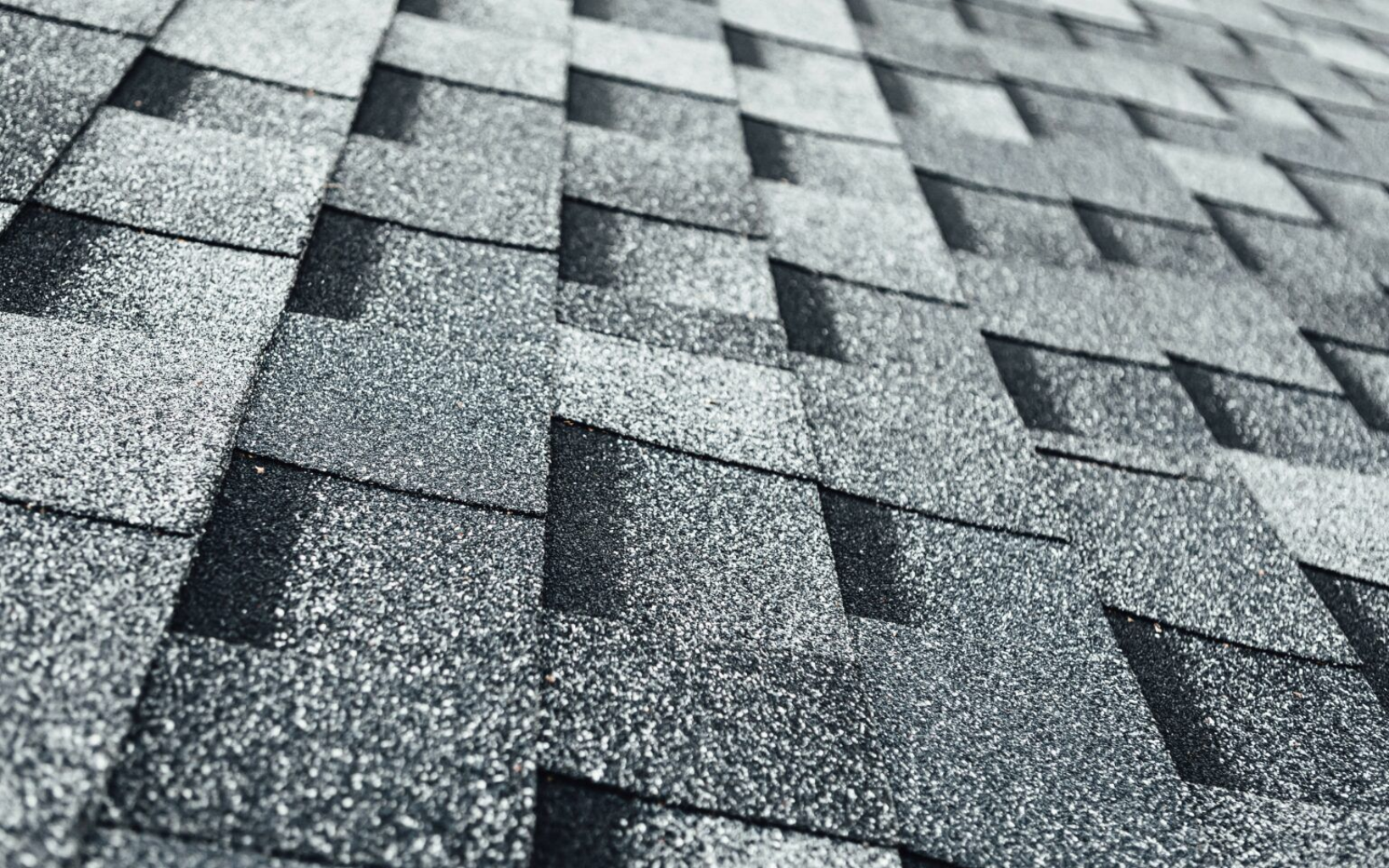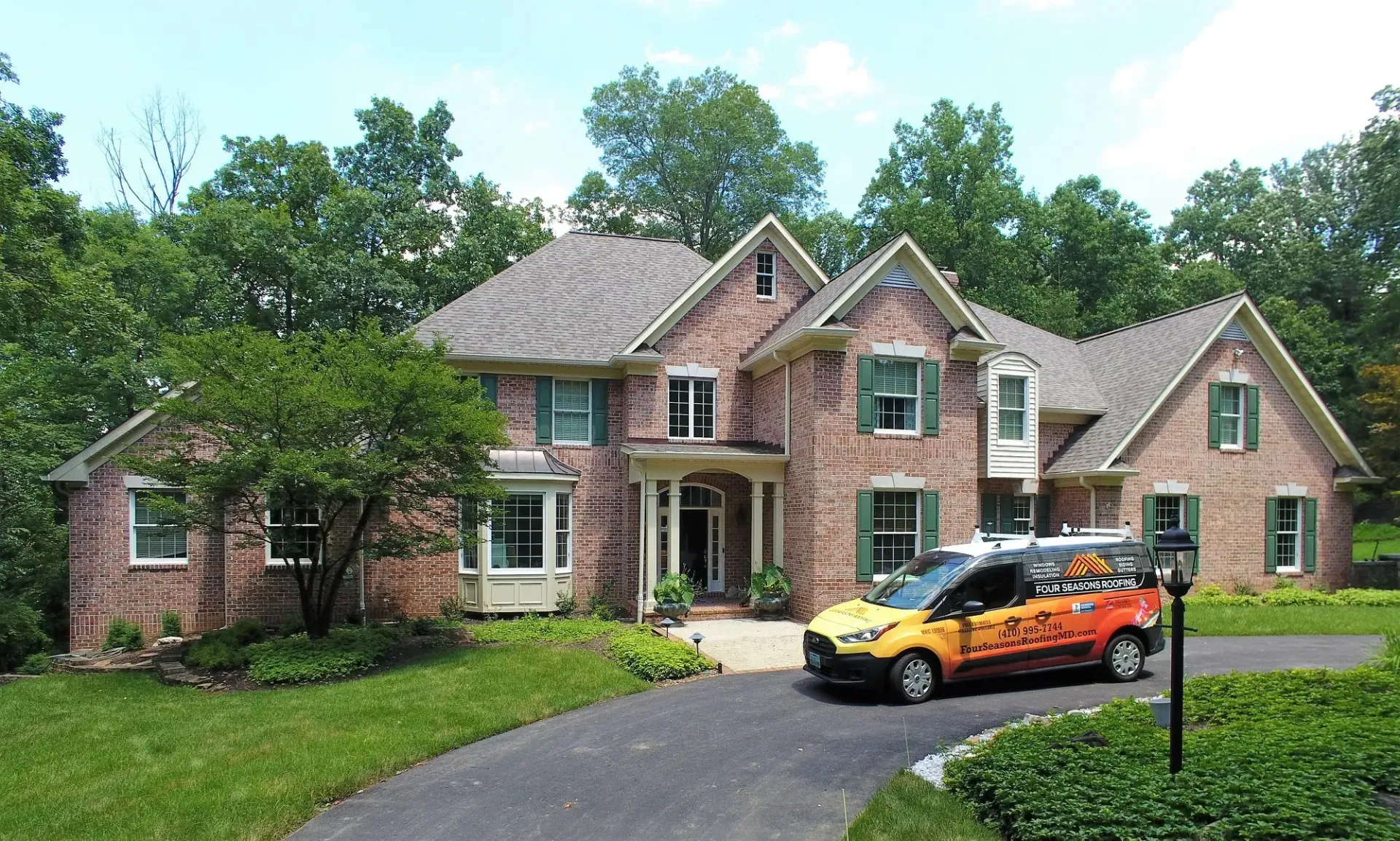Linthicum Heights, Maryland Roofing Company
Homeowners in Linthicum Heights, Maryland , face a variety of weather conditions throughout the year, ranging from heavy rain and thunderstorms in the spring and summer to snow and ice in the winter. Because of this, having a solid and reliable roof is essential to protecting your home from the elements. But a roof is more than just the shingles you see from the street—it’s made up of multiple components that work together to keep your home dry and safe. Understanding these components can help you maintain your roof better, make informed decisions when it comes to repairs or replacements, and ensure the longevity of your home’s structure.
Here’s a breakdown of the key roof components that every Linthicum Heights homeowner should know about:
Roof Decking (Sheathing)
The roof decking, also known as sheathing, is the foundation of the roof. It is typically made of plywood or oriented strand board (OSB) and provides a flat, solid surface for other roofing components to attach. The decking is nailed to the rafters and forms the base that holds the roofing materials like shingles, underlayment, and insulation.
Why it’s important:
- The integrity of the decking is crucial for a sturdy roof structure. If it becomes damaged due to water infiltration or rot, it may weaken the entire roofing system, making it prone to leaks and structural issues.
Roof Trusses
Roof trusses are the framework that supports the roof. They are made from wood or metal and are pre-fabricated in triangular shapes to distribute the weight of the roof evenly across the walls of the home.
Why it’s important:
- Trusses are the backbone of your roof, providing structural stability. If they are damaged by termites, rot, or excessive weight from snow and ice, your roof may begin to sag or collapse.
Underlayment
Roof underlayment is a water-resistant or waterproof layer that sits between the roof decking and the shingles. It acts as a second line of defense against water, protecting the decking from moisture infiltration. The most common types of underlayment are felt (tar paper) and synthetic underlayment.
Why it’s important:
- The underlayment adds an extra layer of protection against rain, snow, and ice, especially if the shingles become damaged or displaced. In Linthicum Heights, where heavy rain is common, this extra layer is crucial for preventing leaks.
Ice and Water Shield
In cold climates like Linthicum Heights, MD, an ice and water shield is an essential part of the roofing system. This specialized underlayment is applied to the eaves, valleys, and other vulnerable areas of the roof where ice dams can form.
Why it’s important:
- Ice dams occur when snow on the roof melts and then refreezes at the roof’s edge, causing water to back up and leak into the home. An ice and water shield prevents this by creating a watertight barrier that helps keep moisture out.
Roof Shingles
Roof shingles are the most visible component of the roof and the primary barrier between your home and the elements. There are various types of shingles available, but asphalt shingles are the most common in Linthicum Heights due to their affordability, durability, and ease of installation. Other options include metal, slate, and wood shingles.
Why it’s important:
- Shingles are your roof’s first line of defense against the weather. They protect your home from rain, wind, snow, and the sun’s UV rays. When shingles become damaged or worn out, it compromises the roof’s ability to keep water out, leading to potential leaks and costly repairs.
Flashing
Flashing is a thin metal material, typically made of aluminum or galvanized steel, that is installed around roof penetrations (chimneys, vents, skylights) and in areas where the roof intersects with a wall or other structure. Flashing helps direct water away from these vulnerable areas to prevent leaks.
Why it’s important:
- Without flashing, water could easily seep into the joints and corners of your roof, leading to rot, mold, and structural damage. Properly installed and maintained flashing is essential for a leak-free roof, especially during the heavy rains that are common in Linthicum Heights.
Drip Edge
A drip edge is a metal strip installed along the edges of the roof. It directs water away from the fascia and into the gutters, preventing water from seeping into the underlying structure.
Why it’s important:
- Drip edges protect the fascia boards and the roof decking from water damage. Without a drip edge, water can get underneath the shingles and cause rot, compromising the integrity of the roof.
Fascia
The fascia is a board that runs along the edge of the roof, typically where the gutters are attached. It provides a finished look to the roofline and helps support the weight of the gutters.
Why it’s important:
- The fascia protects the edges of the roof and the rafters from weather exposure. If the fascia becomes damaged or deteriorates, it can lead to problems with the gutters and allow water to infiltrate the roof structure.
Soffit
The soffit is the material that covers the underside of the roof overhang. It typically has small ventilation holes to allow air to circulate through the attic, which helps prevent moisture buildup and keeps the attic cooler in the summer.
Why it’s important:
- Proper ventilation through the soffit helps regulate temperature and moisture in the attic, preventing mold growth and extending the lifespan of your roof. In Linthicum Heights, where humidity can be high, well-ventilated soffits are key to avoiding moisture issues.
Gutters and Downspouts
Gutters are installed along the edge of the roof to collect and direct rainwater away from the house. Downspouts are vertical pipes that carry the water from the gutters to the ground or a drainage system.
Why it’s important:
- Gutters and downspouts prevent water from pooling on the roof or around the foundation of your home, reducing the risk of roof leaks and foundation damage. In areas like Linthicum Heights, where rainstorms can be heavy, a well-maintained gutter system is essential for protecting your home.
Roof Ventilation
Roof ventilation systems include ridge vents, gable vents, and soffit vents, which allow air to circulate through the attic. Proper ventilation helps regulate temperature and moisture levels, reducing the risk of mold and extending the lifespan of your roofing materials.
Why it’s important:
- Ventilation helps prevent heat and moisture buildup in the attic, which can cause damage to the roof decking and shingles. It also improves energy efficiency by keeping your attic cooler in the summer and reducing the strain on your HVAC system.
Conclusion
For homeowners in Linthicum Heights, MD , understanding the different components of your roof is essential for proper maintenance and making informed decisions about repairs or replacements. Each part of the roof plays a crucial role in protecting your home from the elements, and any failure in one component can lead to costly damage. Four Seasons Roofing can help you assess your roof’s condition, recommend the best materials for your needs, and ensure that your roof is well-maintained and ready to withstand Maryland’s diverse weather conditions. By knowing the importance of each roof component, you can take the necessary steps to keep your home safe, dry, and comfortable for years to come.












